Natural Dyeing Culture Center (한국천연염색박물관)
14.5Km 2021-12-07
379, Baekho-ro, Naju-si, Jeollanam-do
+82-61-335-0160
The area of Naju has long been at the forefront of the natural dyeing and silk production industry. The natural setting of fresh water from the Yeongsangang River along with the salt water from the sea are perfect for growing the plants necessary for a deep indigo color. As such, it is the only area to be recognized for its natural dyeing (Important Intangible Cultural Heritage) by the Cultural Heritage Administration. The best place to experience this local heritage is at the Natural Dyeing Culture Center. The center offers experience programs and educational programs, as well as exhibitions and sales of naturally dyed products.
Anak Beach (안악해수욕장)
14.8Km 2021-07-06
2108, Wolcheon-ri, Hampyeong-gun, Jeollanam-do
+82-61-320-1784
Anak Beach is a white sand beach that stretches for more than 200 meters and is bordered by a forest of pine trees. In addition to the gorgeous scenery, a major draw is the great seafood like fresh mullets, long-legged octopuses, small shrimps, and other local specialties said to provide strength during the sweltering summer heat. Since the beach has not yet been discovered by many tourists, visitors will be able to have a calm and relaxing time. The nearby coastal road is a perfect driving course with a stunning view of the sunset.
Muan 879 (무안 879)
15.0Km 2024-03-28
879 Cheongun-ro, Mangun-myeon, Muan-gun, Jeollanam-do
Muan 879 is a large café with a view of the sea near Muan Tommeori Beach. It is famous for its exotic outdoor garden resembling a European art museum and its hydrangea photo zone. The first floor is decorated with antique furniture and lighting, while the second floor has a more modern atmosphere. Enjoying an americano while admiring the sea view through the large windows is a delightful experience.
Muan beach hotel / 무안비치호텔
15.3Km 2025-03-18
36 , Tommeori-gil, Muan-gun, Jeollanam-do
+82-61-454-4900, +82-10-9045-7748, +82-10-3379-6656
Muan Beach Hotel, which stands on Topmeori Beach in Muan, Jeollanam-do, is a hotel-class motel where guests can enjoy the beach scene all year round. The motel offers a choice of different rooms, including a 2-person suite, a VIP room, and a condominium room of 60 pyeong/200 sq metres, suitable for a family of four. The motel has ample parking space, and is just 5 minutes away from Muan Country Club and Muan International Airport.
Tommeori Beach (톱머리 해수욕장)
15.3Km 2021-08-11
66, Tommeori-gil, Muan-gun, Jeollanam-do
+82-61-454-5224
Tommeori Beach can be characterized by the extremes shown at high and low tides. The endless stretch of white sandy beach during the low tide and the dense black pine forest offer a spectacular view. The shallow waters and low slope make it a great vacation destination.
Yeonggwang Bulgapsa Temple (불갑사 (영광))
16.3Km 2021-12-02
450, Bulgapsa-ro, Yeonggwang-gun, Jeollanam-do
+82-61-350-4889
Bulgapsa Temple of Yeonggwang-gun, Jeollanam-do, was the very first Buddhist temple to be built in Korea. Monk Marananta, who was the first Indian monk to spread Buddhism in Korea, is said to have established the temple here around the year 384, during the reign of Baekje King Chimnyu.
Daeungjeon Hall, the main hall of Bulgapsa Temple, has been designated as a Treasure. The motifs on the doors of the hall are famed for their beautiful designs. The temple also has other buildings of distinction such as the Manseru Pavillion, Myeongbujeon Hall and Ilgwangdang Shrine, and a population of sericeous newlitse trees, designated as a Natural Monument. The temple is also famous for the magic lily which blooms in the late summer. The path into Bulgapsa Temple is ideal for a restful walk and contemplation.
National Center for Forest Education, Naju (국립나주숲체원)
16.5Km 2024-02-19
116 Geumseongsan-gil, Naju-si, Jeollanam-do
National Center for Forest Education, Naju is a national recreational facility located on Geumseongsan Mountain. It operates customized forest education and cultural programs based on the wild tea plantation of Geumseongsan Mountain and the culture of Naju. Utilizing the facilities of the forest center and the surrounding nature, it offers various experiential programs such as forest walking, stretching, meditation, and natural dyeing experiences of Naju's traditional culture.
3917Majung (3917마중)
17.2Km 2024-12-23
42-16 , Hyanggyo-gil, Naju-si, Jeollanam-do
+82-61-331-3917
3917 Majung is a Japanese- and Western-style hanok commonly seen in the late Korean Empire period, in Naju, Jeollanam-do, which combines a cafe, cultural space and hanok stay. The 3.2 acre site contains four buildings, with a mixture of ondol rooms, tatami rooms, daecheong floors and numaru lofts. Some buildings have bathrooms installed, some share outdoor bathrooms. All four buildings are let as private houses.
Muan Ecological Tidal Flat Land (무안황토갯벌랜드(구 무안생태갯벌센터))
17.4Km 2021-07-29
36, Mansong-ro, Muan-gun, Jeollanam-do
+82-61-450-5634
Muan Ecological Tidal Flat Land in Muan, Jeollanam-do was established in an effort to raise awareness of the ecology and importance of natural wetlands. It is the nation’s largest educational center for natural ecology. In addition to the main research center, visitors can enjoy a variety of exhibitions and experiences, ranging from bonzai plants to structures made with red clay bricks, and convenience facilities such as restaurants and cafes.
Hyanggyo-gil 20 Café (향교길20카페)
17.4Km 2024-02-19
22-1 Hyanggyo-gil, Naju-si, Jeollanam-do
Hyanggyo-gil 20 Café is a hanok café located along the Hyanggyo-gil street in Naju. Visitors can enjoy beverages in a space that preserves the beauty of tradition through the renovation of hanok architecture. One of its signature items is the Naju bae ssalppang (Naju pear-shaped rice bread), a gluten-free dessert made by filling a rice dough, incorporating Naju pears, with cream. It pairs wonderfully with traditional Korean beverages such as hongsam ssanghwacha (red ginseng medicinal herb tea) and daechucha (jujube tea).
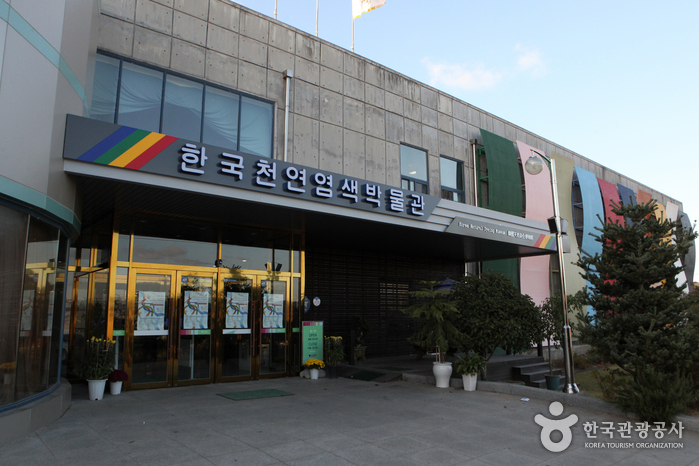
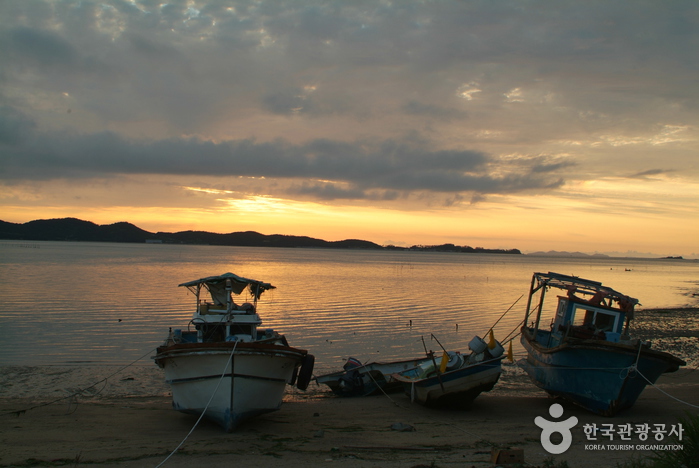
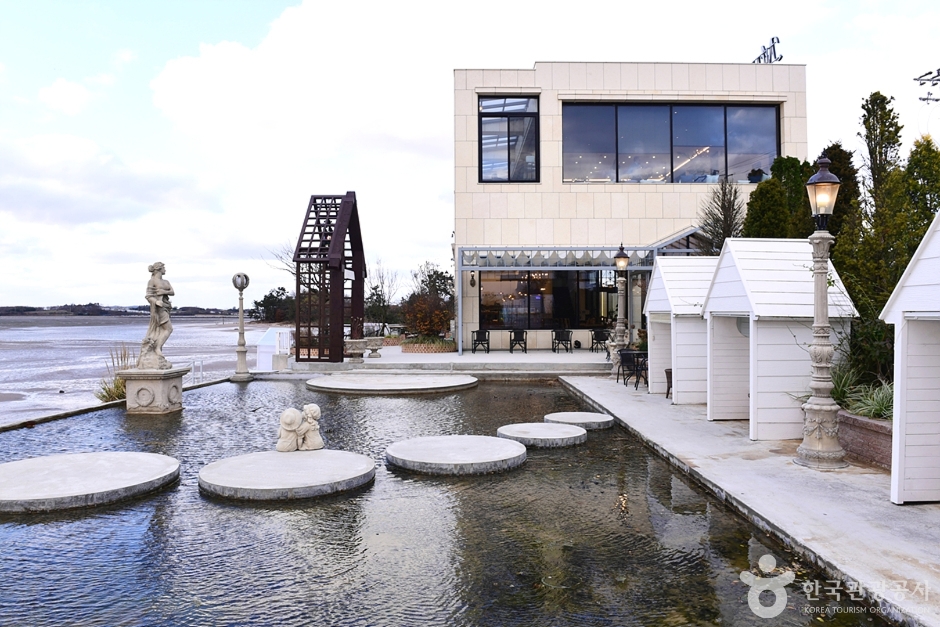
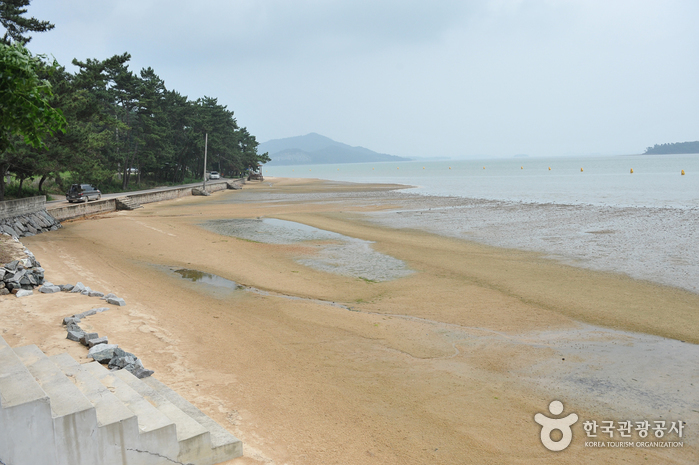
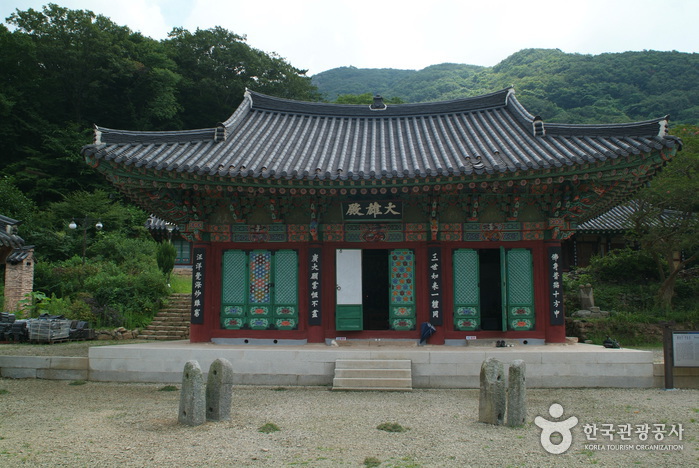

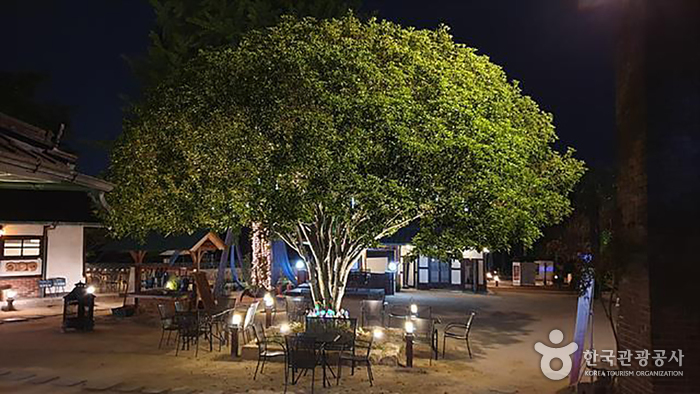
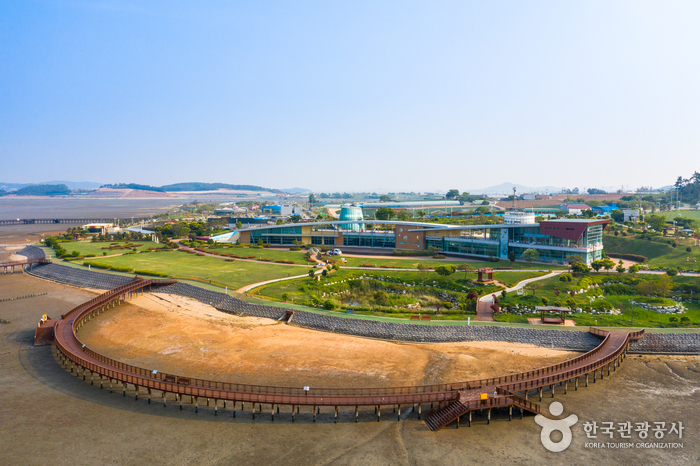
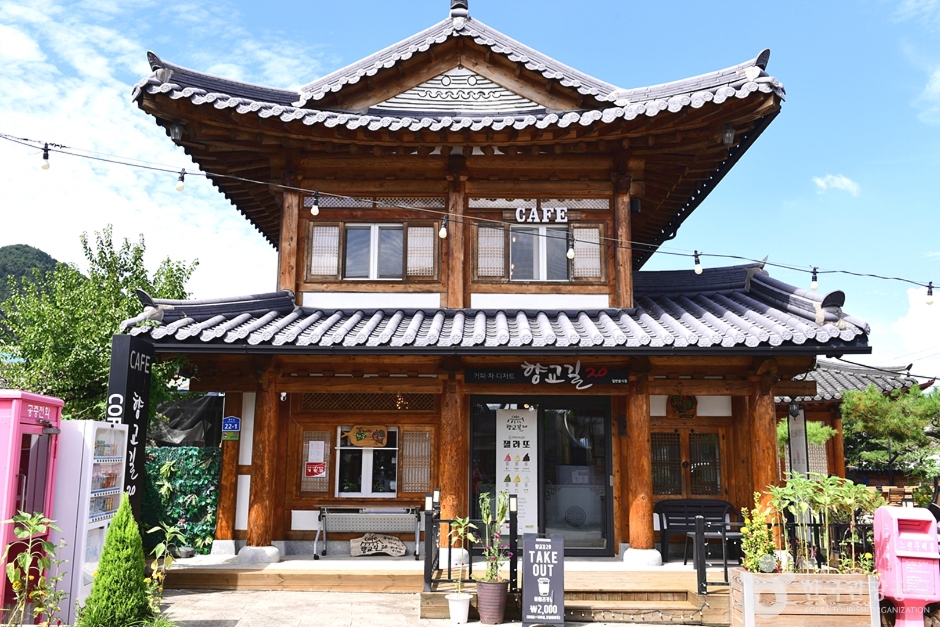
 English
English
 한국어
한국어 日本語
日本語 中文(简体)
中文(简体) Deutsch
Deutsch Français
Français Español
Español Русский
Русский